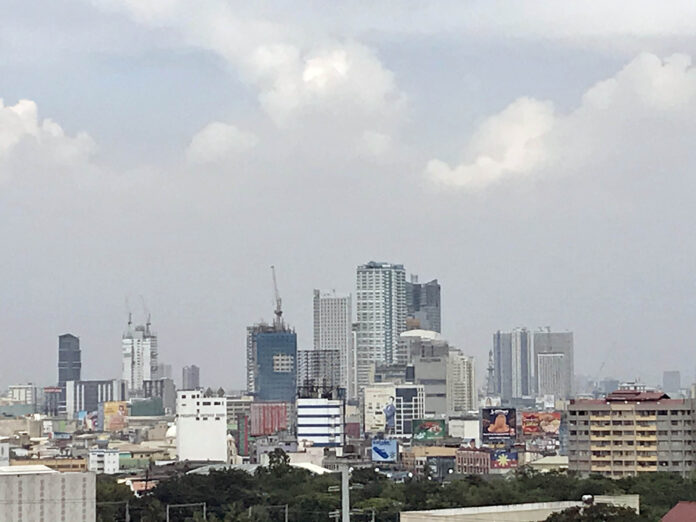-
The Philippine economy shrank 8.3% in the fourth quarter of 2020, translating to a full-year contraction of 9.5% as COVID-19 restrictions took their toll
-
The full-year 2020 GDP was the sharpest annual dip on record since 1946
-
The contraction of GDP in the fourth quarter was slower than the 16.9% and 11.4% declines in the second and third quarters, respectively
-
Philippine economic managers see the economy growing by 6.5 to 7.5% in 2021 and by 8 to 10% in 2022
The Philippine economy shrank 8.3% in the fourth quarter of 2020, translating to a full-year contraction of 9.5%, according to the Philippine Statistics Authority.
The full-year 2020 gross domestic product was the sharpest annual dip on record since 1946 as COVID-19 restrictions took their toll.
The fourth-quarter contraction was slower than the 16.9% and 11.4% declines recorded in the second and third quarters, respectively, helped along by easing of restrictions beginning the third quarter, specifically further reopening of businesses and wider public transport accessibility since October 2020, according to acting Socioeconomic Planning Secretary Karl Kendrick Chua.
Private consumption in the fourth quarter of 2020–comprising some 70% of GDP–remained weak with a -7.2% growth. While the government relaxed restrictions on the supply side by allowing more public transport and establishments to operate, restrictions on the demand side prevented private consumption from making a stronger comeback.
Investments posted a slower contraction of -29% in the fourth quarter from -41.6% in the previous quarter. Both private and public constructions saw improvements, but inter-province travel restrictions have prevented many workers from returning to work. Moreover, international travel restrictions and the resurgence of the virus in advanced economies also affected the pace of construction, with overseas personnel encountering difficulties returning to the Philippines.
The government’s infrastructure program was 10% higher relative to programmed levels. But it was 32.5% lower vis-à-vis the high base in the fourth quarter of 2019, given government’s catch-up plan following delayed congressional approval of the 2019 budget.
Government consumption grew 4.4% despite the high base in 2019.
The slower contraction of exports at -10.5% in the fourth quarter compared to -14.4% in the previous quarter shows that external demand is picking up as neighboring economies improve, Chua said.
He noted, for instance, China’s economy grew by 6.5% while Vietnam’s economy expanded by 4.5%. As a result, merchandise exports to China and Vietnam grew in the fourth quarter by 13% and 30.5%, respectively. On the other hand, with consumer demand and investment constricted, imports contracted by 18.8%.
Chua said further opening of the economy led to smaller contractions in industry, manufacturing, and services growth. However, performance of the agriculture sector deteriorated and contracted by 2.5% due to a series of typhoons, flooding, and the African swine flu.
For 2021, Chua described prospects as “encouraging” with more economic activity expected in the months ahead as businesses and mass transportation further reopens, age group restrictions relaxed, and the COVID vaccines rolled out.
Government economic managers estimate the economy growing by 6.5 to 7.5% in 2021 and by 8 to 10% in 2022.





